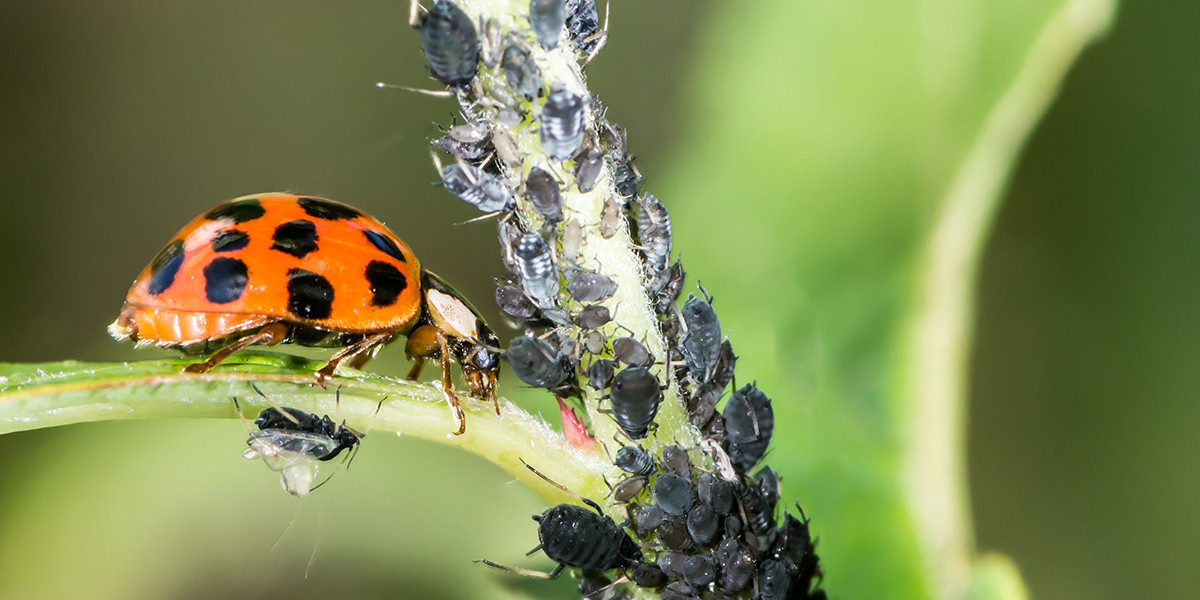The biopesticides market is poised for significant growth as global agriculture shifts towards sustainable and environmentally friendly pest control solutions. Biopesticides, which are derived from natural organisms or substances, offer an attractive alternative to synthetic chemical pesticides, reducing environmental pollution and enhancing food safety. Despite the promising potential, the biopesticides market growth challenges remain substantial, impeding rapid adoption and expansion worldwide.
Understanding these challenges is essential for stakeholders to develop effective strategies that will accelerate the integration of biopesticides into mainstream agricultural practices. This article outlines the key growth challenges faced by the biopesticides market and explores their impact on the industry’s development.
Regulatory Barriers and Approval Processes
One of the most critical growth challenges in the biopesticides market is navigating complex and often inconsistent regulatory frameworks across different regions. Biopesticides must undergo rigorous safety and efficacy testing before they can be approved for commercial use. These regulatory processes, while necessary to ensure safety, can be time-consuming, expensive, and bureaucratic.
Different countries have varying regulations, making it difficult for manufacturers to secure simultaneous approvals in multiple markets. In some developing regions, regulatory infrastructure for biopesticides is still immature or lacks clear guidelines, which delays product introduction and discourages innovation.
Prolonged approval timelines restrict the ability of companies to respond to urgent pest outbreaks or evolving agricultural needs, limiting market responsiveness and growth potential.
High Production and Development Costs
The production and development costs of biopesticides are generally higher than those of conventional chemical pesticides. Biopesticides often involve complex biological processes, such as fermentation and strain selection, which require specialized facilities and expertise.
Formulation challenges also add to the cost, as biopesticides must maintain viability and effectiveness under various environmental conditions. These costs translate into higher retail prices, which can deter adoption, especially among small-scale and resource-poor farmers who prioritize cost-effectiveness.
Manufacturers face pressure to balance affordability with innovation and quality assurance, making market expansion financially challenging.
Limited Farmer Awareness and Adoption
A significant obstacle to biopesticides market growth is the lack of adequate farmer awareness and knowledge about these products. Many farmers remain skeptical about the efficacy and reliability of biopesticides compared to chemical pesticides, often due to limited exposure and past experiences with inconsistent results.
Biopesticides typically require specific application techniques and timing to be effective, which demands proper training and extension services. Without sufficient education, farmers may misuse products or abandon them after initial failures, leading to reduced trust and adoption rates.
Bridging this knowledge gap through targeted training, demonstrations, and farmer engagement programs is vital to overcoming this growth barrier.
Variable Efficacy and Environmental Dependence
Unlike synthetic pesticides that often provide rapid, broad-spectrum pest control, biopesticides can have variable efficacy depending on environmental factors such as temperature, humidity, and UV exposure. This variability can result in inconsistent pest control outcomes.
Farmers expect reliable and quick pest suppression, and any perceived shortcomings in performance can deter them from switching to biopesticides. Moreover, biopesticides are often species-specific, targeting particular pests but not others, which may require combining them with other pest management strategies.
Improving formulation technology to enhance stability and developing integrated pest management approaches can help mitigate this challenge.
Shelf Life and Storage Constraints
Many biopesticides, especially those containing living organisms, have relatively short shelf lives and require careful storage conditions such as controlled temperature and humidity. These constraints complicate distribution and storage logistics, particularly in rural or underdeveloped regions where cold chain infrastructure may be lacking.
Shelf life limitations can lead to product degradation and reduced efficacy, negatively impacting farmer satisfaction and repeat usage. Overcoming these logistical challenges through advances in formulation and packaging is essential to improve accessibility and trust in biopesticides.
Competition from Established Chemical Pesticides
The dominance of chemical pesticides in conventional agriculture poses a significant challenge to biopesticide market growth. Chemical pesticides have a long history of use, with well-established distribution networks and trusted efficacy, making them the default choice for many farmers.
Chemical pesticide manufacturers often have larger marketing budgets and influence over farmer preferences, reinforcing the status quo. Convincing farmers to transition to biopesticides requires demonstrating clear economic and agronomic benefits, which can be difficult given the cost and efficacy concerns.
Strategic partnerships, demonstration projects, and government incentives may be needed to shift market dynamics.
Inadequate Quality Standards and Market Fragmentation
The biopesticides market suffers from a lack of standardized quality control and regulatory harmonization, leading to variability in product performance and farmer trust. Some products in the market may not meet claimed efficacy standards, which damages the reputation of biopesticides as a whole.
Market fragmentation, with many small producers and limited large-scale manufacturers, can impede investments in R&D and innovation. This fragmentation also makes it harder to achieve economies of scale and consistent supply chains, limiting the ability to meet growing demand.
Establishing clear quality benchmarks and encouraging consolidation could help improve market stability and credibility.
Conclusion
The biopesticides market holds immense promise for revolutionizing sustainable agriculture by reducing reliance on chemical pesticides and promoting ecological balance. However, several growth challenges currently hinder the rapid expansion and mainstream adoption of biopesticides.
Regulatory complexities, high costs, limited farmer awareness, variable efficacy, storage constraints, competition from chemical pesticides, and quality inconsistencies form significant barriers. Overcoming these challenges requires coordinated efforts from manufacturers, regulators, policymakers, and agricultural extension systems.
By streamlining approval processes, investing in affordable and stable formulations, enhancing farmer education, and fostering market collaboration, the biopesticides industry can unlock its full potential. Addressing these growth challenges will help establish biopesticides as a cornerstone of environmentally responsible and economically viable crop protection worldwide.








